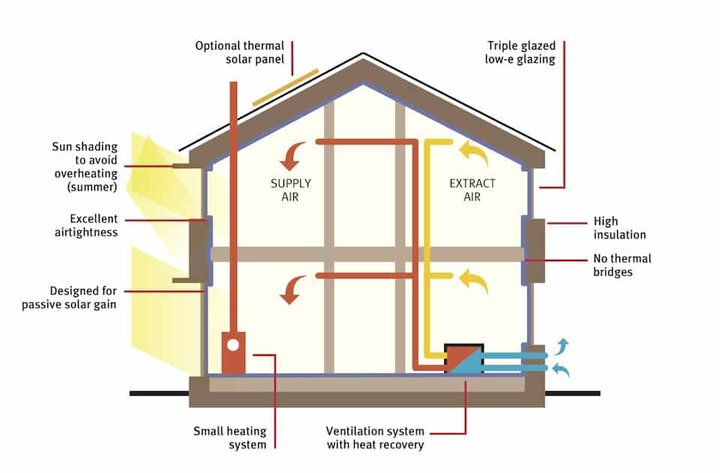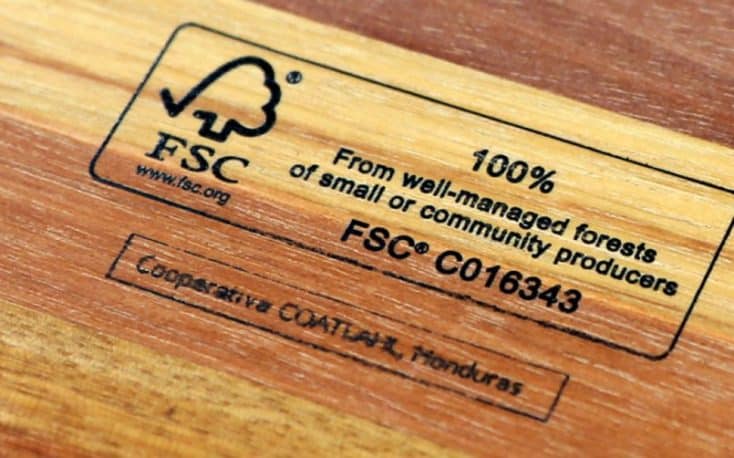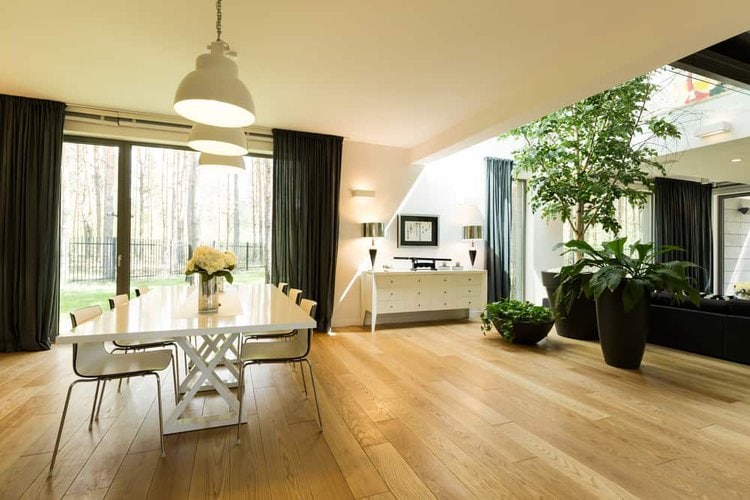Sustainable Design, a basic guide
Under these turbulent times as we are entering a new decade of uncertainty, now more than ever we need to commit to more sustainable, ethical and disruptive design alternatives. We have put together a basic guide to increase sustainability within your project.

The creative sector can play a key role in accelerating the transition to a more sustainable environment: “Designers can agitate mindsets, change behaviours, challenge patterns, disrupt systems and reframe the problem” says Maison zero, the sustainable innovation incubator recently created by LVMH and Central Saint Martins to inspire creative practice as a catalyst for sustainable innovation.
Following the speech of Greta Turnberg at the UN in 2019 and the EU commitment to cut the greenhouse gas emissions by 55% in 2030, nobody can turn a blind eye to the climate emergency which surrounds us. It has become our duty as designers to educate our Clients to more sustainable alternatives and, even if to achieve industry leading certificates such as Leeds or Breeams is still complicated, expensive and time consuming especially for the consumer client, it is still possible to steer our projects to a more sustainable design path.
Below we tried to propose a basic guide and to outline the most recent trends towards sustainable design, spanning from architecture to interior and product design.
Life Cycle Assessment – Bream & Leed certificates
Life Cycle Assessment (LCA) helps calculating the life cycle of a building from cradle to grave to find out how it will affect the environment through its whole existence, from extraction of raw materials to the erection phase, use and finally demolition and disposal. Buildings cause 40% of gas emissions, which have a proven effect on global warming. A building LCA can help fighting climate change through assessing the environmental impacts of a specific material or product used for the building. LCA is an important parameter if you want your project to be Bream or Leed certified.
Passivehaus
The goal for Passivhaus is to procure a high level of comfort while drastically reducing the energy consumption of your house, specifically the energy for heating and cooling. Good thermal insulation, no air leakages, no thermal bridges, proper windows, good orientation for the sun to heat in winter & shades in summer, use HRV devices (heat recovery ventilation) which provides fresh air without letting the heat out. If these are done properly, it can turn out that your house doesn’t need an heater or an air conditioner. Since a Passive house heeds 90% less energy, the rest can be supplied by your body heat, the sun, your appliances, the light bulbs, etc and this saves you a lot of money on your heating bills and helps you preserve the environment.
Passivhaus is becoming the to goto energy standard in the UK for housing or commercial projects and Flair Studio, who has recently become accredited through the RIBA, can integrate and coordinate Passivehaus requirements into your project.

Environmentally-conscious procurement
If you can’t commit to the above certificates but you still want to add some degree of sustainability to your project, you will need your designer to look beyond the brands in order to find more sustainable and ethical solutions, products and materials. When possible, materials should be locally sourced, products should use recycled contents and reduce the use of plastic while materials or products made of wood should show the FSC label (Forest Stewardship Council) to ensure they come from surveyed forests. Flair Studio can advise you on a healthier, more sustainable and ethical procurement for your project.

Biophilic Design
Biophilic design is a concept used within the building industry to increase occupant connectivity to the natural environment through the use of direct nature, indirect nature, and space and place conditions (wikipedia). The term means literally love of life and all that is alive and was introduced by the psychoanalist Erich Fromm in 1973 and used by many scientists and philosophers before landing in the interior design industry. Finally, Biophilic design has become a major trend within the interior design industry this year and it promotes a more human-centered approach that when applied improves many of the spaces that we live and work today, with numerous benefits to our health and well-being. Incorporating direct or indirect elements of nature together with a balanced lighting design and acoustic comfort can help reduce the stress, blood pressure and heart rates, while increasing productivity, creativity and self reported rates of well-being. At Flair Studio we can assess your project and help you define your biophilic goals from the brief stage, then develop a more sustainable project that suits your requirements.
You can browse some of our sustainable projects here, we hope there will be many more to come!
